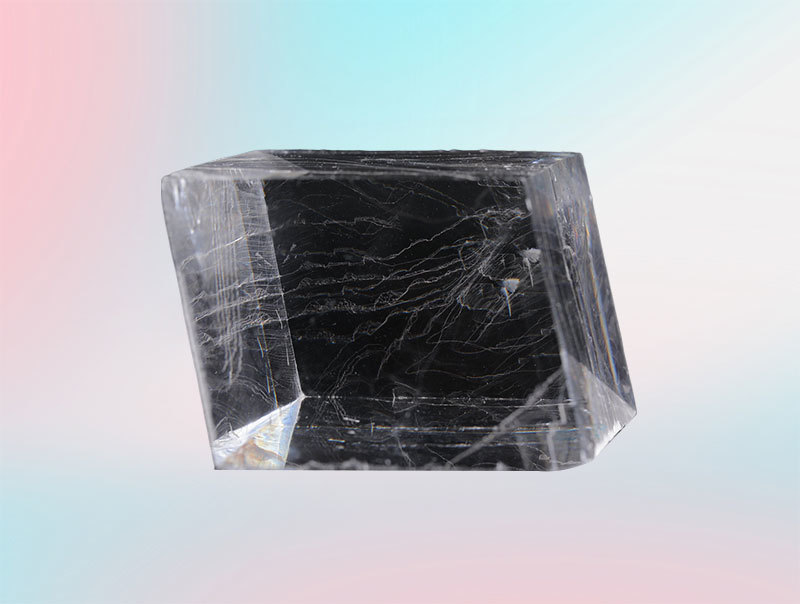A brief introduction to birefringent crystals
Release Time:
2025-05-15
outline: Birefringent crystals are a type of crystal with anisotropic optical properties. Their core characteristic is the ability to decompose an incident light beam into two linearly polarized light beams (ordinary ray o-ray and extraordinary ray e-ray) that vibrate perpendicularly and propagate at different speeds. This phenomenon is called birefringence.
Birefringent crystals are a type of crystal with anisotropic optical properties. Their core characteristic is the ability to decompose an incident light beam into two linearly polarized light beams (ordinary ray o-ray and extraordinary ray e-ray) that vibrate perpendicularly and propagate at different speeds. This phenomenon is called birefringence.
Key Features
Optical Anisotropy
The speed of light is different in different directions within the crystal, resulting in different refractive indices for the o-ray and e-ray.
Typical crystals: calcite, quartz, lithium tantalate, etc.
Polarized Light Separation
The o-ray follows Snell's law, and its vibration direction is perpendicular to the principal plane of the crystal;
The e-ray does not follow Snell's law, and its vibration direction is parallel to the principal plane of the crystal.
Phase Delay and Wave Plate Applications
After passing through the crystal, the two beams will have a phase difference, which can be used to create wave plates (such as 1/4 wave plates and half-wave plates) to control the polarization state of light.
Main Applications
Polarization optical devices: such as Glan prisms and Wollaston prisms, used to separate or analyze polarized light.
Optical modulation and sensing: using the birefringence effect to control optical signals in laser modulation and fiber optic communication.
Microscopy and material analysis: using birefringence to observe crystal structure and stress distribution (such as polarizing microscopy).
Quantum optics: used to prepare polarization entangled photon pairs, supporting quantum communication and quantum computing.
Simple Analogy
It can be imagined as a "light splitter": when light enters a birefringent crystal, it is like a vehicle entering a fork in the road, "driving" to different paths according to the polarization direction, eventually forming two independent beams of polarized light.
The Advantages of Using Birefringent Crystals in Optical Engineering
outline: The Advantages of Using Birefringent Crystals in Optical Engineering Table of Contents 1. Introduction to Birefringent Crystals 2. Understanding Birefringence 3. Unique Properties of Birefringent Crystals 4. Applications of Birefringent Crystals in Optical Engineering 4.1 Wave Plates 4.2 Polarizers 4.3 Interferometer
2025-12-16
Understanding Polarizing Optics: Enhancing Visual Clarity in Electronics
outline: Polarizing optics is a fascinating field that deals with the behavior of light waves as they interact with materials that can filter and manipulate light. This technology is widely used in various electronic components, especially in optoelectronic devices. Understanding the principles of polarizing optics can significantly enhance the performance of these devices, leading to clearer images and mo
2025-12-14
The Fundamentals of Optical Prism Geometry and Its Practical Applications
outline: The Fundamentals of Optical Prism Geometry and Its Practical Applications Table of Contents 1. Introduction to Optical Prisms 2. Understanding Geometric Properties of Prisms 3. Types of Optical Prisms 4. Light Refraction in Prisms 5. Applications of Optical Prisms 5.1 Prisms in Optical Instruments 5.2 Prisms in Spectroscopy 5.3 Pris
2025-12-12




